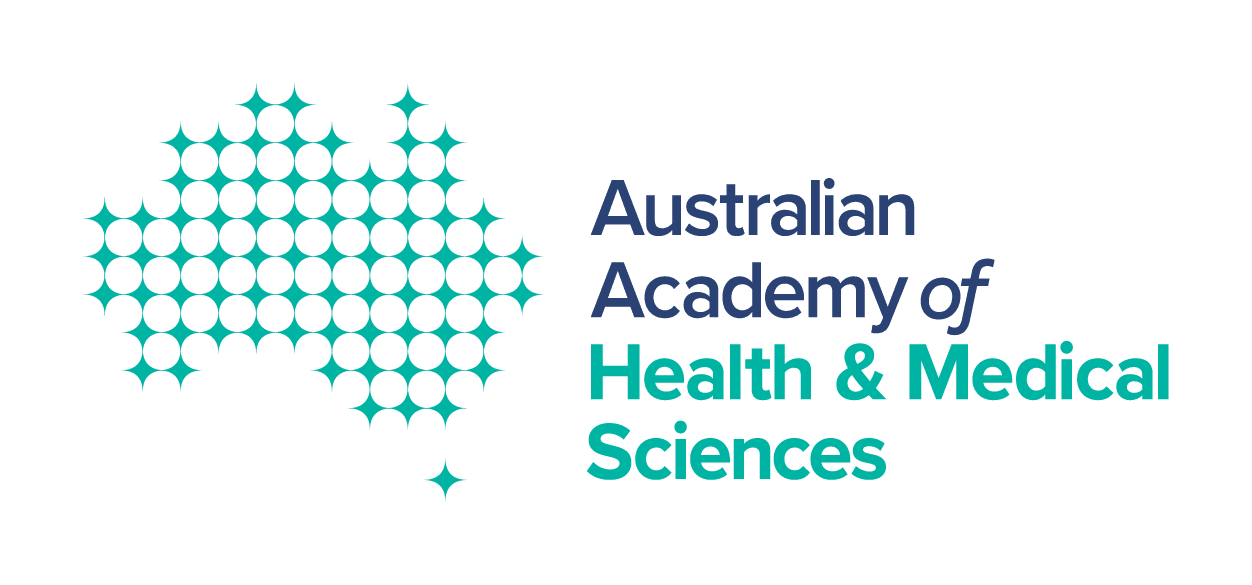Women make up nearly one-third of the Fellowship of the Australian Academy of Health and Medical Sciences, according to the latest snapshot of the Academy.
The latest figures were assembled as part of the Academy’s annual diversity and inclusion report. They reveal that 32% of all Ordinary Fellows are women, up from 30% last year, while more than two-thirds (68%) of new Ordinary Fellows in 2021 were women.
|
2021 |
2020 |
2019 |
|
|
Ordinary Fellows |
32% |
30% |
29% |
|
New Ordinary Fellows |
68% |
46% |
48% |
Table: proportion of women among new Fellows and Ordinary Fellows. Data reflect new Ordinary Fellows admitted in each year and the status of the Fellowship at the end of the year in question.
The Academy has been working hard to address the gap between men and women within the Fellowship and will continue to do so – knowing that there is no room for complacency. The proportion of women among new Ordinary Fellows has risen from 33% in 2018 to 68% in 2021. Since then, the Academy has reviewed the election process and introduced new policies and approaches at every stage to address known or potential issues for female candidates, including:
- Nominations: from our analysis, we know this first stage presents a big hurdle. To tackle this challenge, new requirements were introduced when nominating multiple candidates to encourage the nomination of women.
- Review process: candidates are asked to provide information on career disruptions, noting the duration of the career disruption so that reviewers, selection committees and Council can properly account for these interruptions.
- Selection committee review: committees are asked to ensure that at least one woman is ranked in their top three.
- Council process: Council, which recommends a final list of new Fellows, specifically reviews the gender balance of the final list so that it can identify and address any issues.
Our diversity and inclusion policy outlines our commitment to diversity and inclusion and requires an annual report to Council on performance, including data from across the Academy’s work, such as the selection of Fellows and Associate Members, committee membership, speakers at our events, and our secretariat.
The latest snapshot highlights that our efforts are having an impact, with the proportion of women in the Fellowship continuing to rise each year. However, we want to achieve gender parity and are keen to see this progress accelerate.
Additionally, women are increasingly taking on leadership positions at the Academy, with gender parity on Council (50% women). Across the Academy’s committees, 42% of members and 64% of chairs are women.
Women have also been increasingly involved in the Fellowship election process. For the first time, for our 2022 election round, there is a higher proportion of women chairing selection committee.
While the Academy has made progress in improving the gender balance of the Fellowship, there still a way to go before we achieve gender parity. We also need to improve in other areas, including increasing representation of researchers of Aboriginal and Torres Strait Islander descent and those from culturally and linguistically diverse backgrounds.

